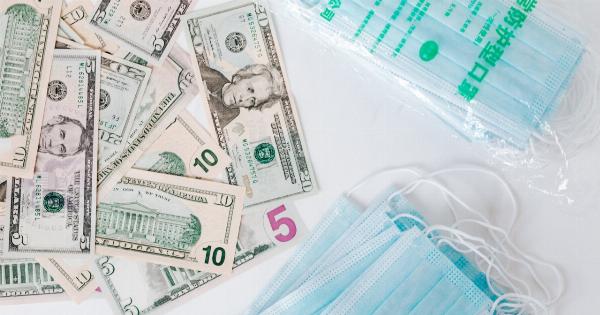A mini-stroke, also known as a transient ischemic attack (TIA), is a temporary interruption of blood flow to the brain. This causes a temporary decrease in brain function and can lead to symptoms that are similar to a stroke.
While TIAs are often referred to as mini-strokes, they should be taken very seriously as they can be a warning sign of a future stroke.
What causes a mini-stroke?
The most common cause of a mini-stroke is a blood clot that temporarily blocks blood flow to the brain.
Other causes include atherosclerosis, which is the buildup of plaque in the arteries, and a heart condition called atrial fibrillation, which can cause blood clots to form in the heart that can travel to the brain.
What are the symptoms of a mini-stroke?
The symptoms of a mini-stroke are similar to those of a stroke, but they generally last only a few minutes to a few hours. Symptoms can include:.
- Numbness or weakness in the face, arm, or leg, particularly on one side of the body
- Difficulty speaking or understanding speech
- Confusion or trouble with memory
- Trouble seeing in one or both eyes
- Dizziness or loss of balance
What should I do if I think I’ve had a mini-stroke?
If you experience any of the symptoms listed above, it’s important to seek medical attention immediately. Even if your symptoms go away on their own, you should still see a doctor as soon as possible.
Your doctor may perform a physical exam, blood tests, a CT scan, or an MRI to determine whether you’ve had a mini-stroke.
How are mini-strokes treated?
Treatment for a mini-stroke will depend on the underlying cause. If a blood clot is the cause, your doctor may prescribe medications such as aspirin, anticoagulants, or antiplatelet drugs to prevent future clots from forming.
Lifestyle changes such as quitting smoking, eating a healthy diet, and engaging in regular exercise may also be recommended to reduce your risk of another mini-stroke or a full-blown stroke.
What is the long-term outlook after a mini-stroke?
While the immediate effects of a mini-stroke may go away on their own, they can be a warning sign of a future stroke.
According to the American Stroke Association, up to 15% of people who experience a mini-stroke will go on to have a full-blown stroke within three months. However, with prompt medical attention and appropriate treatment, the risk of a future stroke can be significantly reduced.
How can I prevent a mini-stroke?
There are several steps you can take to reduce your risk of a mini-stroke or a full-blown stroke:.
- Quit smoking
- Eat a healthy diet that’s low in saturated and trans fats, cholesterol, and salt
- Engage in regular exercise
- Maintain a healthy weight
- Limit your alcohol intake
- Control conditions such as high blood pressure, high cholesterol, and diabetes
Conclusion
If you experience any symptoms of a mini-stroke, it’s essential to seek medical attention right away. While the symptoms may go away on their own, they can be a warning sign of a future stroke.
It’s important to take steps to reduce your stroke risk by quitting smoking, eating a healthy diet, engaging in regular exercise, and controlling conditions such as high blood pressure, high cholesterol, and diabetes.




























